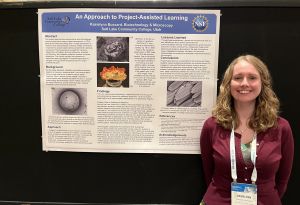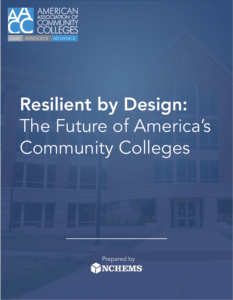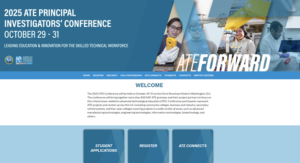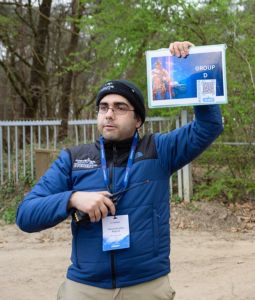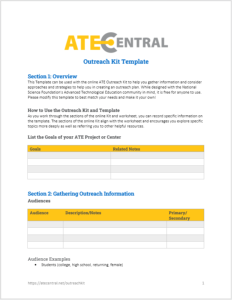
As cell and immunotherapy technologies advance, the demand for highly skilled technicians continues to grow. These fields require a workforce grounded in molecular biology, bioinformatics, data analysis, hands-on laboratory techniques, and more. Community colleges and undergraduate programs are meeting this need by integrating authentic research experiences with applied technical training. Building this workforce is essential not only for expanding access to life-saving treatments, but also for supporting the continued growth of the biotechnology, biomanufacturing, and immunotherapy sectors nationwide.
In this From the Archive blog post, we highlight three ATE-funded resources that take complementary approaches to preparing students for careers in cancer biology and immunotherapy. Together, these materials introduce cancer genomics data analysis, laboratory-based cancer biology instruction, and computational methods for predicting cancer neoantigens. Collectively, they show how combining data-driven inquiry, laboratory experience, and bioinformatics tools can help prepare the next generation of technicians for this rapidly evolving field.
 Subscribe
Subscribe


